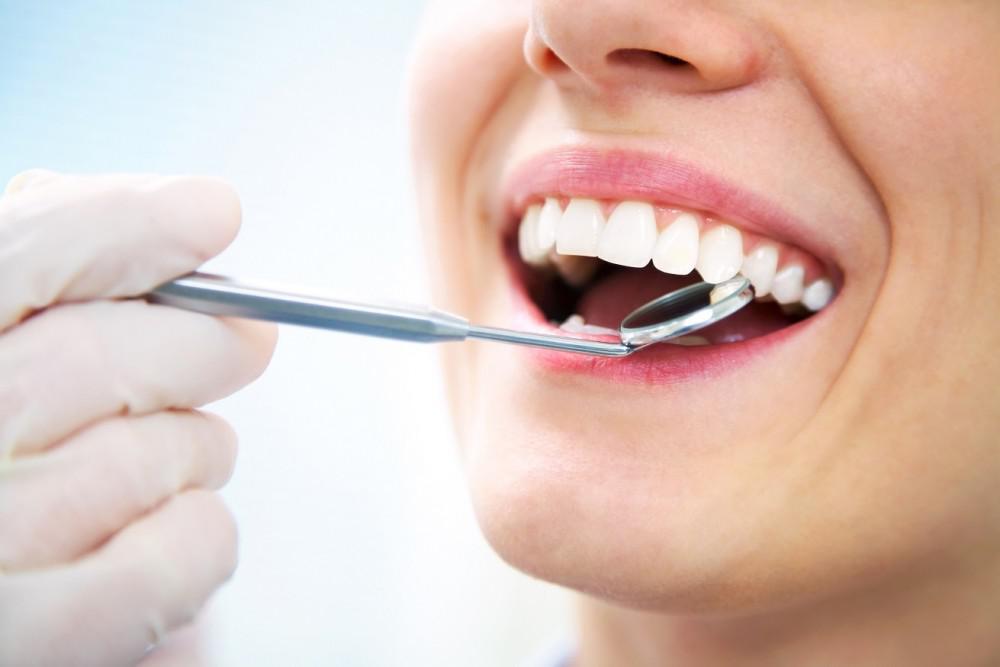
Most people are familiar with fillings and crowns, the workhorses of the dental world. We can cover a wide array of decay and injuries between the two. However, there are times when a filling isn’t sufficient to meet your needs, and a crown is overkill.
That’s when inlays and onlays swoop in to save the day — and your tooth.
Here, our specialists at Dr. Aaronson & Associates in Midtown East, Manhattan in New York, explain the specific uses of two lesser-known dental treatments: inlays and onlays.
A word about fillings and crowns
Before diving into inlays and onlays, let’s look at fillings and crowns.
We use tooth-colored fillings to treat small cavities, tiny holes in your enamel caused by tooth decay. First, we clean the cavity and remove the decay. Then we plug the hole with a dental material that matches the natural color of your teeth.
We use crowns when your tooth is severely damaged or decayed. A crown fits over your natural tooth like a full jacket that covers all sides. We first shave away some of the enamel and clear away decayed material before taking a mold of your natural tooth. We send that mold to a lab where they create a perfect replica of your original tooth. Once we cement it in place, you’re good to go.
Inlays and onlays
When the damage is too extensive for a filling but doesn’t quite warrant a crown, we turn to inlays and onlays.
These two treatments bridge the gap by serving specific purposes neither fillings nor crowns can accomplish. Inlays and onlays share several characteristics:
- Made of porcelain or composite material
- Partially cover your tooth
- Durable
The main difference between inlays and onlays is the parts of the tooth they cover.
Inlays
Think of inlays as big fillings. If you have a large cavity that’s too big for a regular filling, an inlay fits the bill. Inlays not only fill your cavity but also cover your tooth’s hollow chewing surface, adding extra protection.
We take an impression of your tooth, so the lab can create an inlay that hugs the crevices and contours of your tooth.
Onlays
Think of onlays as smaller or partial crowns. Onlays cover more area than inlays, including the biting surface, the cusps, and between. We opt for onlays when the damage exceeds the scope of fillings and inlays but doesn’t call for the aggressive approach involved in placing a crown. We can preserve more of your natural tooth with an onlay versus a crown.
Which is best?
If you’re trying to decide which is best between a filling, inlay, onlay, or crown, relax. At Dr. Aaronson & Associates, we provide you with all your options and our expert recommendations, so you can feel confident in your treatment.
Call us or request an appointment online to learn more about your oral health care options and the caring, multidisciplinary services we offer at Dr. Aaronson & Associates.
